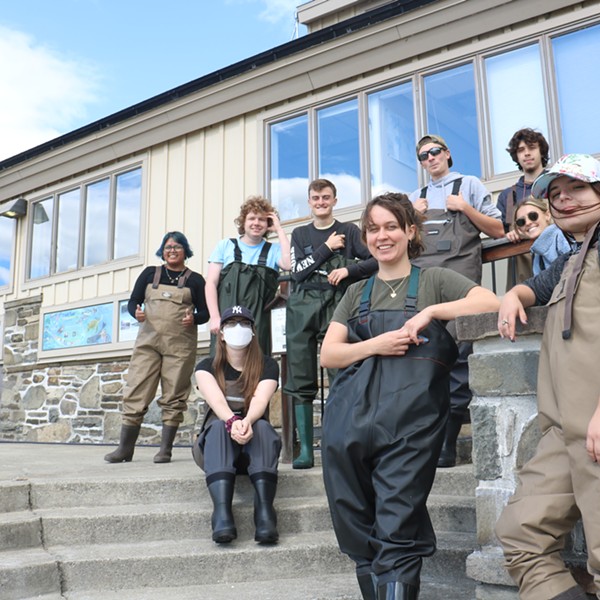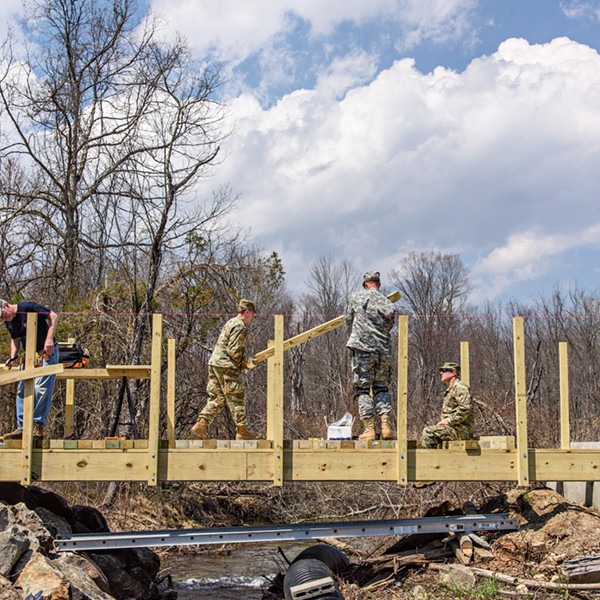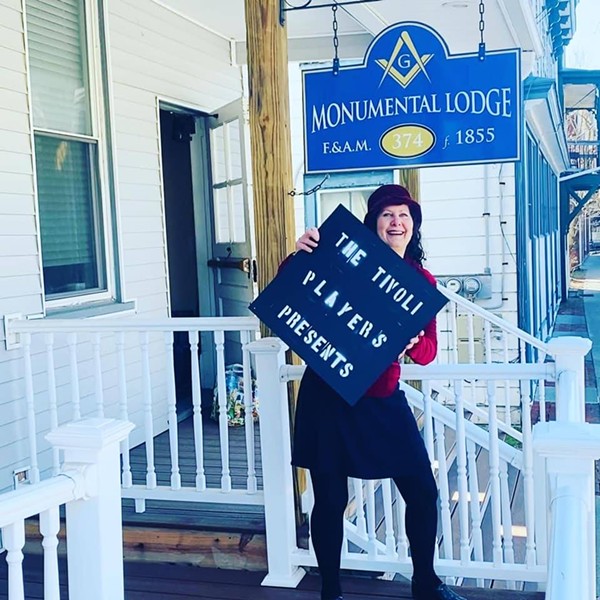The following is an excerpt from The Great Negro Plot by Mat Johnson, author of Drop, Hunting in Harlem, and Pym, and also a professor at Bard College.
Bloomsbury USA, 2007.
Exactly two weeks later, at one in the afternoon, things started getting hot. At Fort George, on the southern tip of the Manhattan isle, the glow of fire danced on the roof of His Honor, Lieutenant Governor Clarke's house. The light show came to fruition before notice was even called to it. It started on the roof of the east side of the house, about twenty feet from the closest building, the chapel. By the time the alarm was sounded, the blaze had ignited the entire wood-shingled rooftop, raging into a beacon that could be seen well beyond the city limits.
The fires had started.
The chapel's bell alerted the population at large to the conflagration. Soon the city's citizenry, never known for their general sense of community, interrupted their lives to come to the rescue. Fire was a communal event. The town's newly acquired state-of-the-art, side-stroking, manual-pump fire engine could divert some river water out its gooseneck onto a burning structure to slow some furies, but nobody thought that was enough, given the magnitude of the blaze. Once these wood-beamed structures really struck afire, the community's primary duty was reduced to removing all they could of the internal contents of the building, its destruction being a foregone conclusion. From practice, the approaching crowds knew how to set up a proper bucket brigade, to form lines to the doors, with at least one line carrying the building's prized possessions out into the safety of the street while another brought buckets of water in to slow the blaze. It was a group performance that was as practical as it was collective. Fire knows no satiation, and in a city with over eleven thousand people, where buildings had been erected so close together, if not handled immediately a fire such as this could easily grow beyond its initial source. Its hunger devouring an entire neighborhood without pause.
Much commended in the aftermath, the gathered crowd got most of the furniture out of the lieutenant governor's home before the blaze completely engulfed it. Fine couches brought from Europe met sooty hands in the chill late afternoon air. Oil portraits risked becoming little more than flammables. But what did it matter? Despite their efforts, despite the eventual arrival of the fire engines, it was soon determined that not the home, nor the chapel next door, could be saved. A violent southeast gale had goaded the flames faster than could be discouraged.
It was decided that efforts should be diverted instead to the secretary's office, situated right outside the English fort's gate, where the priceless records of the colony were kept, as well as the soldiers' barracks that stood across the quad from the governor's house. With speed and diligence born of desperation, the citizens stormed the buildings, throwing records and books out the window on the town side to save them from destruction as the heaving winter wind blew documents chaotically down the city's streets. Most were later recovered, and it was a good thing, too, as soon after the office building was vacated, the roof became engulfed as well.

















